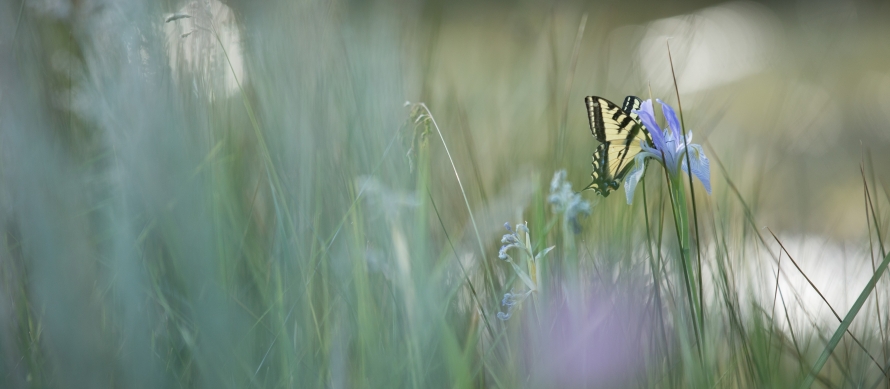Safety at the Valentine Sierra Eastern Reserves is a high priority. It is important to understand some following safety information when visiting VESR as the reserve has the potential to expose vistors to potential risks.
In regards to proper hydration the eastern Sierra is an extremely dry environment, and it is essential to stay hydrated. Drink at least twice as much water as you normally would in a more humid, coastal environment. Due to our high elevation, sun exposure is also much greater than at sea level. UV radiation at VESR elevations is more than 25% greater than at sea level, and it is essential to apply sunscreen and cover and protect your skin to avoid sunburns and skin cancer.
Both SNARL and Valentine Camp have abundant open spaces for wildlife and deer, coyotes, bears and mountain lions are active on both reserves. We take our interactions with bears very seriously for the safety of our visitors, and the safety of the bears. ‘Problem’ bears (those that interact with humans and learn to eat human food and trash) are often killed. Do not feed any wildlife. Keep all food and trash out of your cars, and properly store food inside your cabins. Do not approach bears or mountain lions. Avoid hiking or jogging at dawn and dusk and at night alone.
We have basic first aid stations and kits in the main buildings at SNARL and Kohler shed at Valentine. It is best to bring your own kit if you need more specific items or medications. We also have an automated external defibrillator (AED) at both Valentine and SNARL facilities.
If you plan to use the laboratory, please refer to the laboratory use and safety orientation information that is printed in the residence binder and available in the laboratory. If you will be working in the lab, we will also send you this information over email before your visit. See UCSB Lab Safety for additional laboratory safety information.
For additional field safety information and training please visit UCSB Field Safety Training.
PC: Mark Chappell


